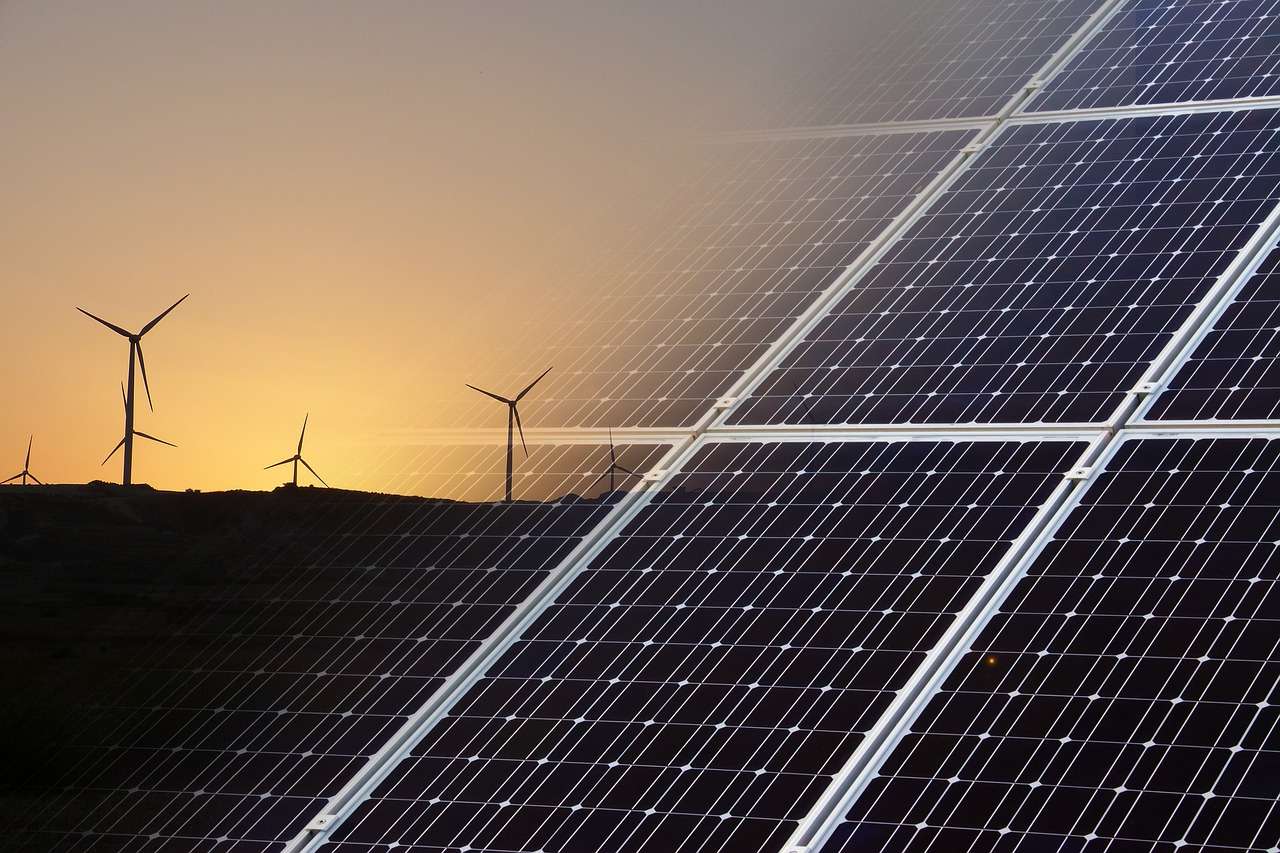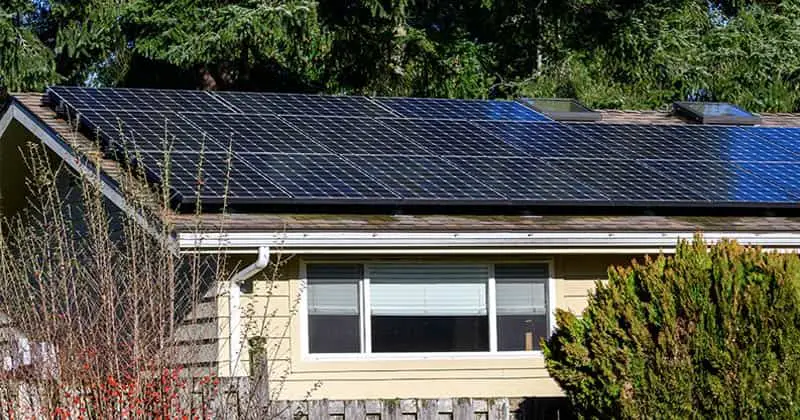I’ve always been fascinated by the concept of renewable energy and its potential to revolutionize our world. But one question that often pops into my head is, “How do you store energy for when it’s not sunny or windy?” It’s an excellent query because while solar and wind power are incredibly efficient sources of energy, they are also weather-dependent. In order to make these technologies more reliable and accessible, finding effective energy storage solutions becomes crucial. In this article, we will explore various methods being developed to store energy during times when the sun isn’t shining or the wind isn’t blowing. Get ready to dive into the exciting world of energy storage innovation!
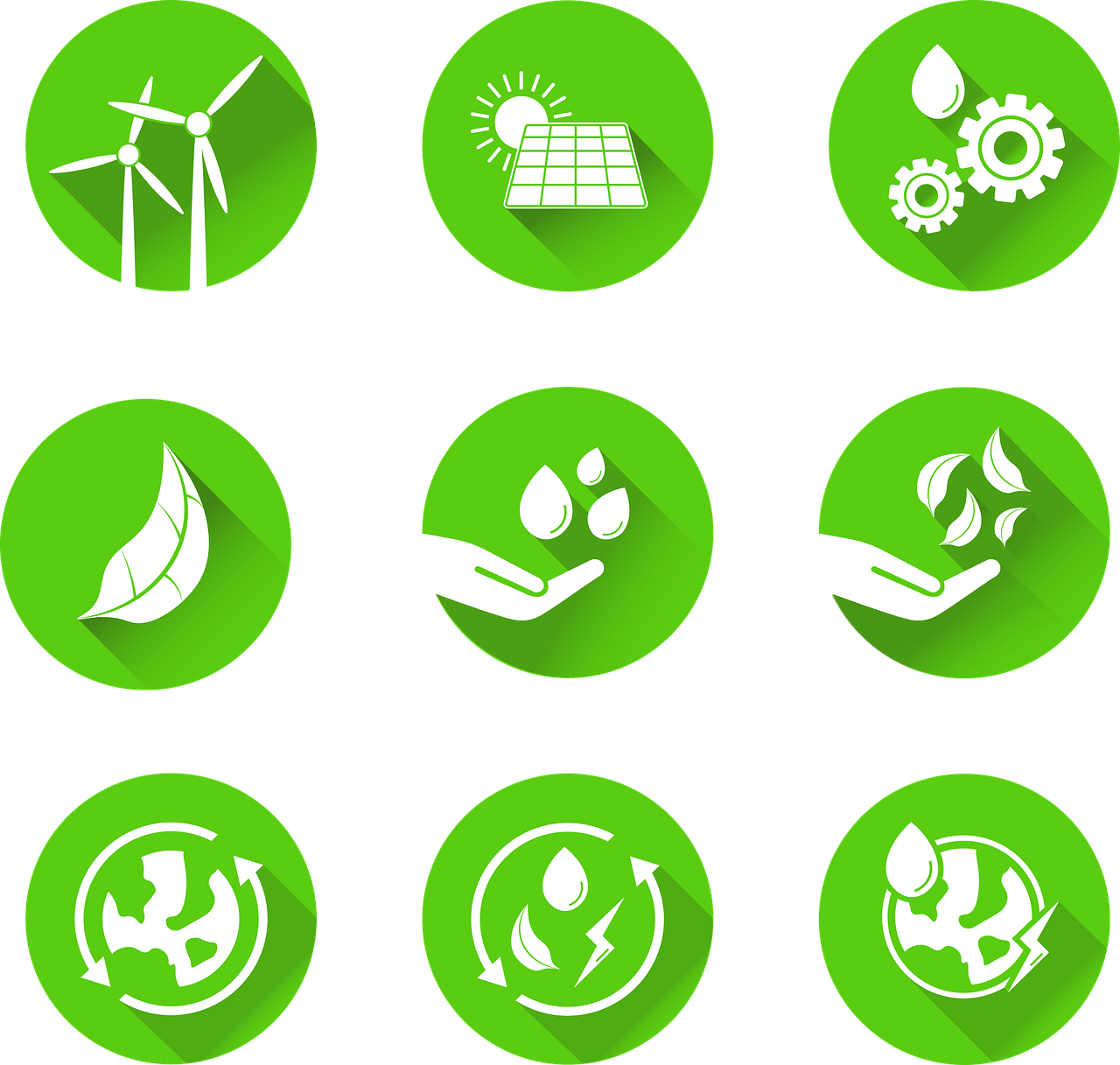
Overview of Energy Storage
Energy storage plays a crucial role in our modern society as it addresses the challenge of balancing energy supply and demand. In an increasingly renewable energy-driven world, where fluctuations in solar and wind power output are a reality, energy storage systems are necessary to ensure a steady and reliable energy supply. These storage systems allow excess energy generated during periods of high production to be stored and used during times of low production, providing a continuous power supply.
Importance of Energy Storage
The importance of energy storage becomes evident when we consider the intermittent nature of renewable energy sources. Solar energy generation is limited to daylight hours, and wind energy output depends on atmospheric conditions. Without effective energy storage solutions, excess energy generated during peak times would go to waste, resulting in a missed opportunity to utilize clean, sustainable power. Energy storage enables the integration of renewable energy into the grid, reducing reliance on traditional fossil fuel-based power generation and fostering a more sustainable energy future.
Types of Energy Storage
Various energy storage technologies have been developed to fulfill different requirements and address diverse challenges. These technologies can be broadly categorized into the following types:
- Battery Storage: Utilizes chemical reactions to store and release electrical energy.
- Pumped Hydro Storage: Harnesses the potential energy of water by pumping it uphill during low-demand periods and releasing it downhill to generate electricity during high-demand periods.
- Compressed Air Energy Storage (CAES): Stores energy by compressing air and releasing it to drive turbines and generate electricity when needed.
- Thermal Energy Storage: Captures and later releases heat energy using various materials and techniques.
- Hydrogen Storage: Stores hydrogen gas, which can be utilized as a versatile energy carrier.
- Flywheel Energy Storage: Stores rotational energy in a spinning flywheel and converts it back into electricity when required.
- Supercapacitors: Store electrical energy using electrostatic charges instead of chemical reactions.
- Molten Salt Storage: Utilizes high-temperature molten salts to capture and store thermal energy.
- Renewable Hydrogen: Produces and stores hydrogen gas using renewable energy sources.
Challenges and Solutions
Designing effective energy storage systems presents several challenges that need to be overcome to ensure efficient and reliable operation. These challenges include the size and cost of storage systems, environmental impact, and storage capacity limitations. Additionally, integrating energy storage into existing energy infrastructure can be complex. However, researchers and engineers are continually working on developing innovative solutions to address these challenges.
Some potential solutions include advancements in battery technology, improvements in the efficiency of pumped hydro storage systems, the development of novel materials for thermal energy storage, and the exploration of new methods for producing and utilizing hydrogen gas.
Now, let’s delve deeper into each specific type of energy storage technology and explore their working principles, advantages, and disadvantages.
Battery Storage
Working Principle
Battery storage systems work on the principle of converting chemical energy into electrical energy. They consist of one or multiple electrochemical cells, where chemical reactions occur to produce and store electrical energy. During charging, electric current is supplied to the battery, causing a chemical reaction that stores energy in the form of chemical compounds. When the battery is discharged, the chemical compounds undergo reverse reactions, releasing electrical energy.
Types of Batteries
There are various types of batteries with distinct chemistry and characteristics. Some common battery types used for energy storage include:
- Lithium-ion Batteries: Widely used in portable electronics and electric vehicles, lithium-ion batteries provide high energy density, long cycle life, and fast charging capabilities.
- Lead-acid Batteries: These batteries have been commercially available for a long time and are commonly used in automotive and backup power applications. They are cost-effective but have lower energy density and shorter life cycles compared to lithium-ion batteries.
- Flow Batteries: Flow batteries store energy in the form of electrolyte solutions housed in separate tanks. They offer high scalability and long cycle life, making them suitable for large-scale energy storage applications.
- Sodium-ion Batteries: Sodium-ion batteries are an emerging technology that shows promise as a low-cost alternative to lithium-ion batteries. They utilize sodium ions instead of lithium ions for energy storage.
Advantages and Disadvantages
Battery storage systems offer several advantages. They provide high energy density, allowing for compact and space-efficient installations. Additionally, batteries can respond quickly to load changes, making them suitable for applications requiring instant power delivery. They also have long cycle lives, enabling repeated charging and discharging without significant deterioration.
However, there are also disadvantages to consider. Batteries have finite lifetime and capacity, which may require replacement or expansion over time. They can be expensive, particularly for large-scale storage applications. Additionally, certain battery chemistries may pose environmental concerns due to the presence of hazardous materials.
Overall, battery storage technology continues to evolve rapidly, with ongoing advancements aimed at improving performance, reducing costs, and addressing environmental considerations.

Pumped Hydro Storage
Working Principle
Pumped hydro storage is one of the oldest and most established forms of energy storage. It operates based on the principle of utilizing the gravitational potential energy of water to store and generate electricity. During periods of low electricity demand, excess energy is used to pump water from a lower reservoir to a higher one. When electricity demand increases, the stored water is released downhill, passing through turbines and generating electricity as it flows.
Features and Requirements
Pumped hydro storage requires suitable geographic locations with significant height differences between reservoirs. It relies on the availability of large volumes of water and a hydropower plant capable of pumping the water uphill and generating electricity when releasing it downhill. Construction of the necessary infrastructure can be capital-intensive, requiring investment in dams, tunnels, and turbines.
Advantages and Disadvantages
Pumped hydro storage offers several advantages. It has a high energy storage capacity, allowing for long-duration energy supply when needed. It boasts a long lifespan, with some facilities operating for decades. Additionally, pumped hydro is a mature and proven technology, with numerous operational plants worldwide.
However, there are limitations to consider. The geographic and hydrological requirements restrict the availability of suitable locations for pumped hydro storage. The construction of large-scale facilities can have significant environmental impacts, such as habitat disruption and water usage. Furthermore, the efficiency of pumped hydro storage systems may be affected by transmission losses and the distance between generation sites and consumption centers.
Despite these challenges, pumped hydro storage remains an essential and valuable energy storage option, particularly for grid-scale applications that require long-duration and high-capacity storage.
Compressed Air Energy Storage (CAES)
Working Principle
Compressed Air Energy Storage (CAES) is a technology that stores electricity in the form of compressed air, which can be later utilized to generate power. The working principle involves two main stages: compression and expansion.
During periods of low electricity demand, surplus energy is used to compress air and store it in underground caverns or above-ground containers. When electricity demand rises, the compressed air is released and expanded, driving turbines to generate electricity.
Types of CAES
There are two main types of CAES: adiabatic and diabatic.
- Adiabatic CAES: Adiabatic CAES systems aim to achieve high energy efficiency by minimizing energy losses during compression and expansion. During discharge, the compressed air is heated by external heat sources before being expanded. This preheating improves the efficiency of energy conversion.
- Diabatic CAES: Diabatic CAES systems involve heat exchange processes with the surrounding environment during compression and expansion. Heat generated during compression is stored and reintroduced during expansion to improve efficiency.
Advantages and Disadvantages
CAES offers several advantages as an energy storage technology. It has a potentially large storage capacity, able to provide extended periods of power generation. It can also leverage existing natural gas infrastructure, repurposing depleted gas reservoirs for air storage.
However, CAES also presents challenges. One significant drawback is its lower round-trip efficiency compared to some other storage technologies. The process of compressing and expanding air results in energy losses due to heat dissipation. Additionally, the siting of CAES facilities may be limited by geological considerations and community acceptance.
Researchers continue to explore advancements in CAES technology, aiming to improve efficiency and address operational challenges to make it a more viable and competitive energy storage option.
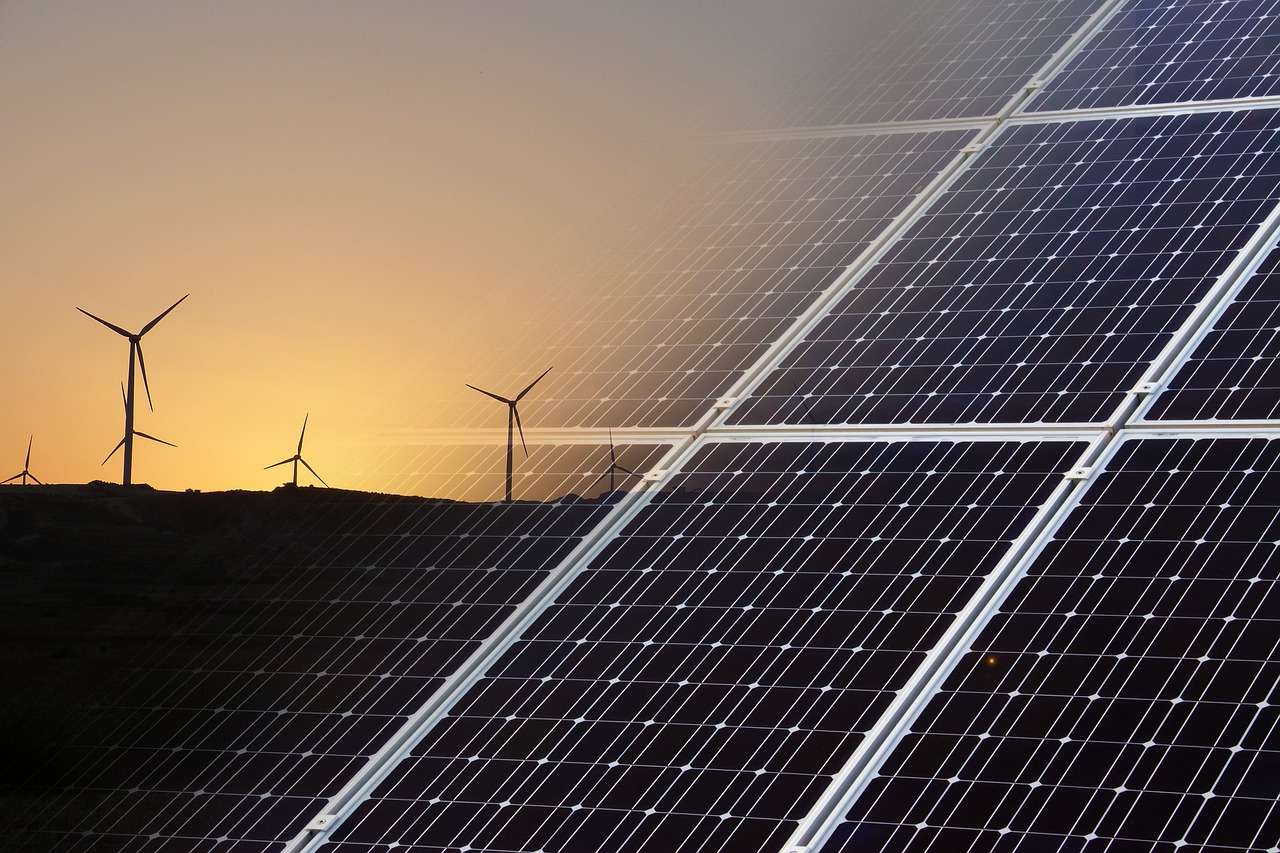
Thermal Energy Storage
Working Principle
Thermal energy storage (TES) systems store energy in the form of heat for later use. These systems typically involve capturing excess thermal energy generated by heat sources or renewable energy systems and storing it for release at a later time. The stored heat energy can then be utilized for various purposes, such as space heating, hot water supply, or electricity generation.
Types of Thermal Energy Storage
There are fundamentally three types of thermal energy storage systems: sensible heat storage, latent heat storage, and thermochemical storage.
- Sensible Heat Storage: Sensible heat storage involves storing heat energy by raising the temperature of a solid or liquid medium. This stored energy can then be extracted by transferring heat from the medium to the desired application.
- Latent Heat Storage: Latent heat storage utilizes phase change materials (PCMs) that store and release energy during the process of melting and solidification. PCMs have the ability to store large amounts of energy within a small temperature range, making them highly efficient for thermal energy storage.
- Thermochemical Storage: Thermochemical storage involves storing and releasing energy through reversible chemical reactions. Certain chemical reactions are exothermic, releasing heat energy, while others are endothermic, absorbing heat energy.
Advantages and Disadvantages
Thermal energy storage offers several advantages. It can provide a stable and continuous heat supply, even during periods of intermittent heat generation. It enables the integration of renewable energy sources that produce excess thermal energy into various applications. Additionally, thermal energy storage systems can have long lifespans and low maintenance requirements.
However, there are challenges associated with thermal energy storage. The efficiency of heat transfer processes can limit overall system performance. Selection of suitable storage materials and containment systems is critical for achieving optimal heat storage and release characteristics. Furthermore, the integration of thermal energy storage into existing infrastructure and applications may require modifications and additional components.
Continued research and development efforts aim to enhance thermal energy storage systems, improving their efficiency, reliability, and cost-effectiveness for various applications in heating, cooling, and electricity generation.
Hydrogen Storage
Working Principle
Hydrogen storage involves capturing and storing hydrogen gas for later use as an energy carrier. Hydrogen gas can be produced through various methods, such as electrolysis of water using renewable energy sources. Once produced, it can be stored in different forms and subsequently utilized for various applications, such as fuel cells or combustion engines.
Types of Hydrogen Storage
There are primarily four types of hydrogen storage methods: compressed hydrogen gas, cryogenic liquid hydrogen, metal hydrides, and chemical hydrogen storage.
- Compressed Hydrogen Gas: Hydrogen gas can be compressed and stored in high-pressure tanks or cylinders. This method requires strong and lightweight containment systems to ensure safety and efficiency.
- Cryogenic Liquid Hydrogen: Hydrogen gas can be liquefied at extremely low temperatures and stored as a cryogenic liquid. Cryogenic storage allows for high energy density, but it requires specialized storage and handling infrastructure.
- Metal Hydrides: Certain metal alloys have the ability to absorb and store hydrogen gas through a process known as physisorption or chemisorption. This method enables the storage of hydrogen at lower pressures and offers potential for safe and compact hydrogen storage.
- Chemical Hydrogen Storage: Chemical compounds capable of releasing hydrogen gas through chemical reactions can be used for hydrogen storage. These compounds can react with triggers (e.g., heat or catalysts) to release hydrogen when needed.
Advantages and Disadvantages
Hydrogen storage offers distinct advantages in the context of energy storage. Hydrogen gas provides high energy density, allowing for long-duration storage and efficient transportation. Hydrogen can also be converted back into electricity using fuel cells, making it a versatile energy carrier.
However, there are challenges associated with hydrogen storage. Achieving high energy density requires either high pressure or low-temperature storage, which can demand specialized infrastructure and safety considerations. Hydrogen is also a highly flammable gas, necessitating proper handling and storage protocols.
Nonetheless, ongoing research efforts focus on developing advanced hydrogen storage materials and systems to make hydrogen a competitive and widely applicable energy storage option.
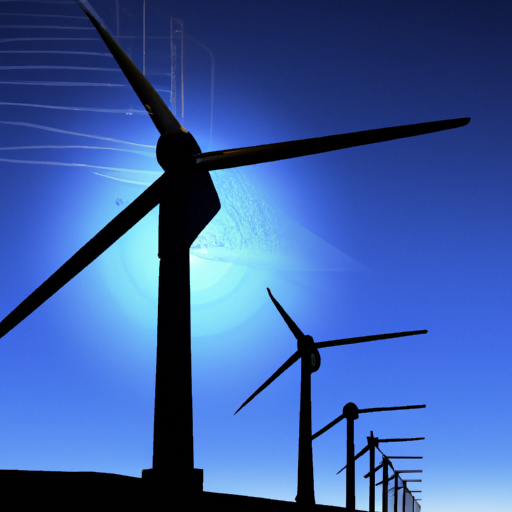
Flywheel Energy Storage
Working Principle
Flywheel energy storage systems store energy in a high-speed rotating flywheel, utilizing the principle of conservation of angular momentum. During periods of excess energy generation, the flywheel is accelerated to high speeds using a motor, storing kinetic energy. When demand increases, the kinetic energy in the flywheel is converted back into electrical energy using a generator.
Advantages and Disadvantages
Flywheel energy storage systems offer several advantages. They have high power output and response rates, enabling rapid energy delivery when required. Flywheels have a long lifespan and can sustain a large number of charge-discharge cycles without significant degradation. They do not rely on chemical reactions, making them environmentally friendly and low maintenance.
However, there are limitations to flywheel energy storage. Safety considerations are crucial due to the revolving mass at high speeds, necessitating robust containment systems and fail-safe mechanisms. The efficiency of flywheel systems may be affected by energy losses due to friction and system cooling requirements. Scalability can also be a challenge as large and heavy flywheels require substantial infrastructure.
Flywheel technology continues to advance, with ongoing research focusing on improving energy density, reducing losses, and increasing system reliability for various applications in grid-scale and transportation sectors.
Supercapacitors
Working Principle
Supercapacitors, also known as ultracapacitors or electrochemical capacitors, store energy using electrostatic charges rather than chemical reactions. They consist of two electrodes separated by an electrolyte, with a porous material providing a large surface area for electrode-electrolyte interaction. When charged, ions from the electrolyte accumulate at the electrode-electrolyte interface, forming electrical double layers that store electrical energy.
Advantages and Disadvantages
Supercapacitors offer several advantages as energy storage devices. They have ultra-fast charge and discharge capabilities, allowing for quick energy delivery. Supercapacitors have long lifespans and can withstand a high number of charge-discharge cycles without significant degradation. They operate under a wide temperature range and have excellent performance at low temperatures. Additionally, they do not rely on chemical reactions, making them environmentally friendly and safe.
However, supercapacitors have limitations. They generally have lower energy density compared to batteries, limiting their storage capacity. The self-discharge rate of supercapacitors is higher than batteries, resulting in energy loss over time. Moreover, supercapacitors can be more expensive compared to traditional batteries, although ongoing research and development aim to improve cost-effectiveness.
The unique characteristics of supercapacitors make them suitable for applications requiring high power density, rapid energy delivery, and frequent cycling, such as regenerative braking in hybrid and electric vehicles and smoothing out intermittent renewable energy outputs.
Molten Salt Storage
Working Principle
Molten salt storage systems utilize high-temperature molten salts to capture and store thermal energy. These systems typically consist of two tanks: one tank holds the molten salt mixture, and the other stores the separated byproducts. During charging, thermal energy from a heat source is used to heat the salt mixture, storing the energy. When discharging, the heated salt is circulated through a heat exchanger, transferring the thermal energy to a working fluid to generate electricity or provide heat.
Advantages and Disadvantages
Molten salt storage offers several advantages for thermal energy storage. It provides a high thermal energy storage capacity and can efficiently store and release heat energy over long periods. Molten salts have high thermal stability, allowing for high-temperature operation without significant degradation. These systems can be integrated with various renewable energy systems, such as concentrated solar power plants, to provide continuous power output.
However, there are challenges associated with molten salt storage. Molten salt storage systems require specialized infrastructure, including heat exchangers and containment vessels, to handle high temperatures. The costs of these systems can be significant, particularly for large-scale applications. Operational safety considerations, such as the potential for salt freezing or corrosion, must also be addressed.
Continued research and development efforts aim to enhance the efficiency and cost-effectiveness of molten salt storage systems, making them more accessible for a wide range of thermal energy storage applications.
Renewable Hydrogen
Production of Renewable Hydrogen
Renewable hydrogen refers to hydrogen gas produced using renewable energy sources, such as solar, wind, or hydroelectric power. The production of renewable hydrogen typically involves water electrolysis, where an electric current is passed through water, splitting it into hydrogen and oxygen gases. This process can be powered by renewable electricity to ensure the sustainability and carbon neutrality of the hydrogen produced.
Storage and Distribution
Storage and distribution of renewable hydrogen pose significant challenges due to its low density and high flammability. Several methods are being explored for the safe and efficient storage of hydrogen, including compression, liquefaction, and utilization in certain chemical compounds. Hydrogen can also be transported through existing natural gas pipelines, although modifications may be required to ensure compatibility and safety.
Advantages and Disadvantages
Renewable hydrogen offers several advantages as an energy carrier. It can be stored for long durations and provides a high energy density, enabling flexible utilization. Hydrogen can be converted back into electricity through fuel cells or utilized in various industrial applications as a clean and versatile feedstock. Additionally, renewable hydrogen production contributes to decarbonization efforts, as it avoids the emissions associated with traditional hydrogen production methods.
However, challenges remain for the widespread adoption of renewable hydrogen. The infrastructure required for large-scale hydrogen production, storage, and distribution is still under development and can be costly. Additionally, the efficient utilization of hydrogen requires the deployment of appropriate fuel cell technologies and the development of hydrogen-powered vehicles and equipment.
Continued research and innovation in renewable hydrogen production and storage technologies aim to address these challenges, making hydrogen a key element of a sustainable and low-carbon energy future.
In conclusion, energy storage technologies play a vital role in addressing the intermittency and variability of renewable energy sources. The diverse range of storage options available, including battery storage, pumped hydro storage, compressed air energy storage, thermal energy storage, hydrogen storage, flywheel energy storage, supercapacitors, molten salt storage, and renewable hydrogen, each offer unique advantages and disadvantages. These technologies, in combination with advancements in material science, engineering, and system integration, will pave the way for a more reliable, sustainable, and resilient energy future.

